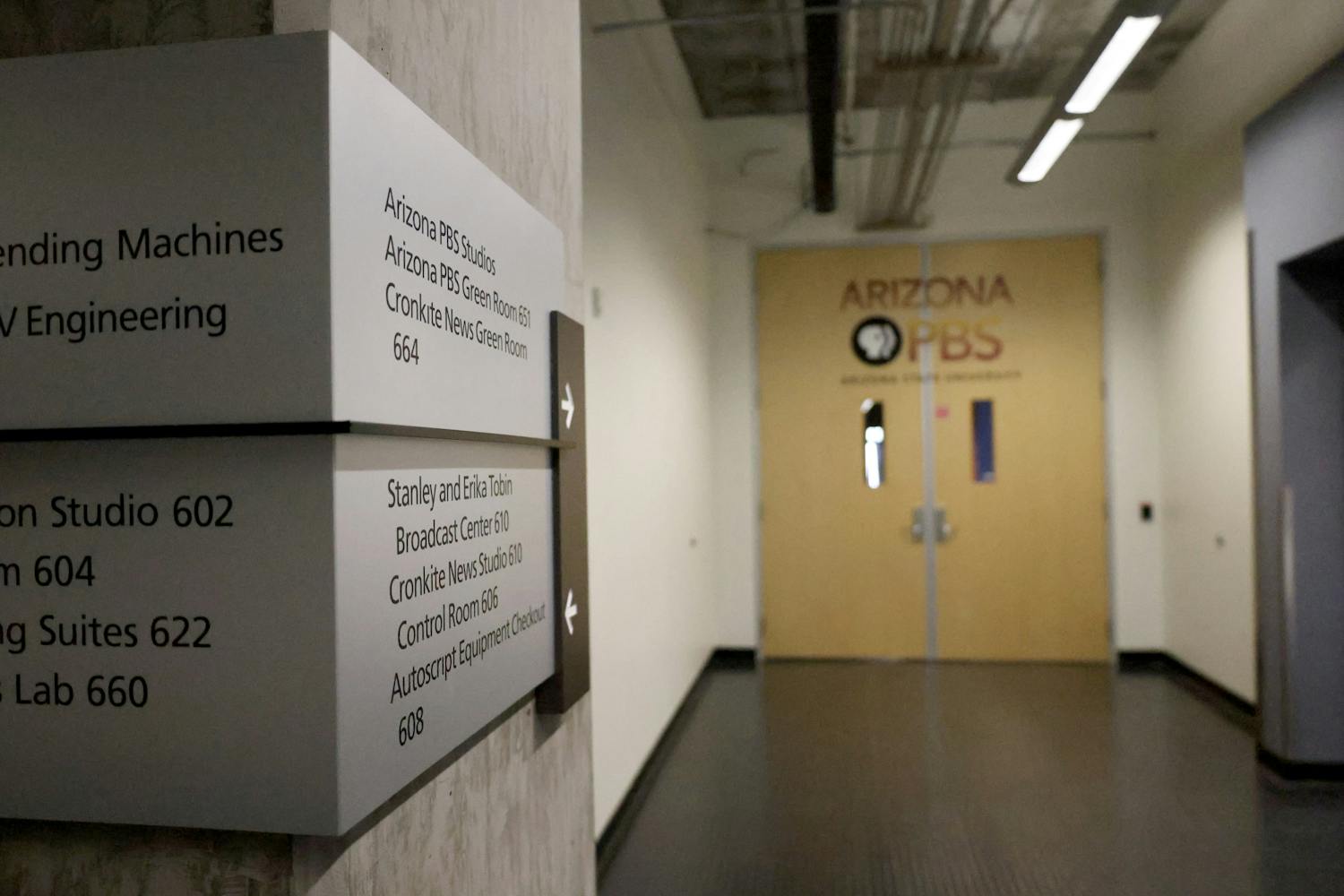Researchers at the Biodesign Institute are working with international partners to come up with a faster way to develop vaccines.
ASU postdoctoral researcher James Jancovich said current methods to develop vaccines aren’t as efficient as they could be.
“The majority of processes now are sort of hypothesis-driven,” he said.
The Rapid Vaccine-Discovery System is a different approach to finding vaccines, Jancovich said.
“The idea is to go through and determine what part of a pathogen we can use in a vaccine and quickly develop [it] in a reasonable amount of time,” he said.
Right now, the research team is still in the developmental phase of the project, Jancovich said.
The viruses Jancovich’s team has created so far contain open reading frames, or genes, he said.
Jancovich is the technical lead of the project, which began in January 2008 under the leadership of professors Bertram Jacobs, Kathryn Sykes and Stephen Johnston.
Jacobs, one of the project’s directors, said a virus may be made up of anywhere from 10 to 15 different proteins, making it difficult to select the ideal protein to use in creating a vaccine.
Currently, this process is time-consuming and often based on trial and error, he said.
“We have technology here where we can extract each of the proteins separately from a piece of DNA,” Jacobs said. “We can also put each of the proteins separately in a virus.”
After this process, Jacobs said the researchers can determine which proteins are worth making into a vaccine.
Researchers at ASU are working with the Institute for Animal Health at Pirbright Laboratory in the U.K. They are focusing on a vaccine for African Swine Fever Virus, Jacobs said, which affects pig populations.
ASFV, not to be confused with the H1N1 flu, “can have huge economic consequences to a country or region,” he said. It is not a human pathogen but can spread very rapidly.
Jacobs said if the team is successful in rapidly securing a vaccine for this virus, it can use the same technology to come up with a quicker way to produce vaccines for human conditions.
“We’ve picked African Swine Fever Virus because it was a convenient thing to try,” he said. “But, for instance, if this technology works we can use it to look at [diseases like] Tuberculosis.”
The process can be used to find vaccines for large and complicated pathogens, Jacobs said.
Right now, he said, the Biodesign Institute is funding the entire project internally.
“We’re looking at trying to get [more] funds,” Jancovich said.
Reach the reporter at ndgilber@asu.edu



